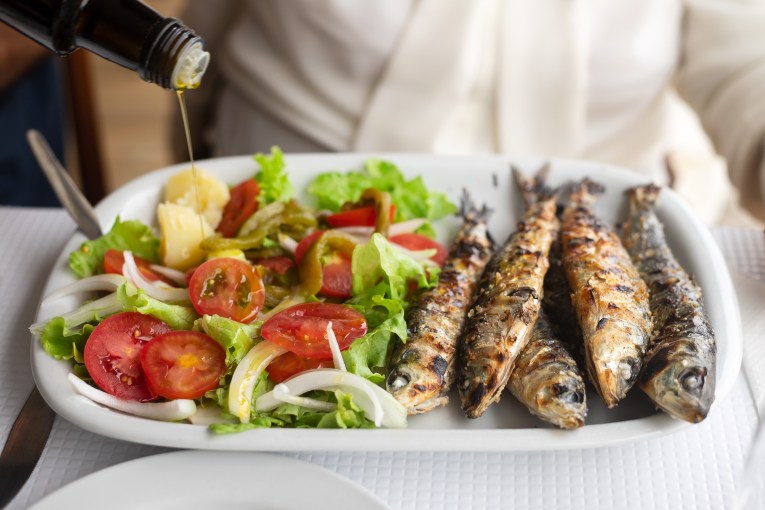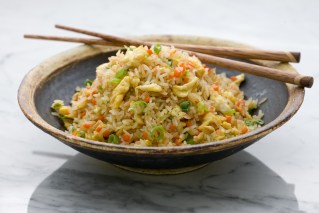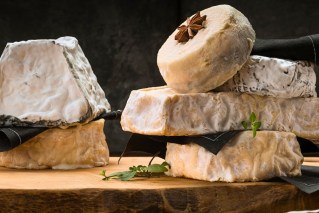Sweden’s Disgusting Food Museum to challenge perception of disgust with polarising dishes

Vegemite is an Australian food spread made from yeast extract. Photo: Flickr
A museum showcasing some of the world’s most polarising foods will open in Sweden today, and there are three staple Australian dishes that have been offered a place at the table.
The iconic Vegemite spread, nostalgia-filled musk sticks and witchetty grubs are among 80 items being put on display at the Disgusting Food Museum in Malmö.
While the Aussie foods seem easier to swallow compared with some other international cuisines being exhibited — such as century eggs, maggot-infested cheese and roasted guinea pigs — the museum’s co-curator and self-described “disgustologist” assured the ABC that some people thought the musk sticks in particular were “nasty”.
Samuel West, a psychologist and researcher who was also behind Sweden’s Museum of Failure, said they couldn’t have a Disgusting Food Museum without Vegemite.
“I love Vegemite so I’m kind of sad that it’s in the museum,” he laughed, adding that it would be a “traumatic food experience” for those who mistook it for Nutella.
The museum’s smorgasbord of curious foods are sourced from around the world — from Italy to France to Peru.

Many a childhood memory comes from dipping into the lolly jar…in this case musk sticks. Photo: Murdoch Books
Many of the foods resulted from a preservation process, including hákarl from Iceland and surströmming from Sweden.
“These are things that people have found ways of preserving just for survival,” Dr West said.
“Fermented cabbage — such as sauerkraut or kimchi — are also ways to preserve food and it does get this funky aroma.”

“Witchetty is actually a stick used to hook grubs out of a plant or a tree trunk, it’s not a grub.” Photo: Alan Yen
But the museum is more than just about unusual foods. It also invites a conversation about why people feel repelled by some foods and not by others.
“Food is so much more than sustenance. Curious foods from exotic cultures have always fascinated us,” the museum’s website stated.
“Unfamiliar foods can be delicious, or they can be more of an acquired taste.”

Nattō is a traditional Japanese food made from soybeans fermented with Bacillus subtilis var. Photo: Disgusting Food Museum/Anja Barte Telin
The curators of the museum also hope to challenge people’s perception of disgust, which they said is influenced by culture and the foods they have grown up eating.
“Our current meat production is terribly environmentally unsustainable, and we urgently need to start considering alternatives,” Dr West said in a statement.
“If we can change our notions of what food is disgusting or not, it could potentially help us transition to more sustainable protein sources.”

Fruit bats are among the unusual foods the Disgusting Museum will showcase. Photo: Disgusting Food Museum
Most of the 80 exhibits are real food. They are eaten today or they have historical significance, like Australia’s witchetty grubs, which are still eaten by some Indigenous people.
Other foods are replicas and a few are displayed as videos.
Here is a small sample of some of the bizarre cuisines on display:
Century eggs — China

The eggs are preserved in a mix of clay, quicklime, ash, salt and rice hulls for several months. Photo: Disgusting Food Museum/Anja Barte Telin
As unappetising as century eggs may look, they are regularly enjoyed with congee in many Asian households and restaurants.
Century eggs, however, are not actually 100 years old. The cuisine — known in Mandarin as pidan — is usually made with duck eggs that are preserved in a mix of clay, quicklime, ash, salt and rice hulls for several months.
The egg white turns into a black translucent jelly, and the yolk turns into a dark green-grey slimy texture. If you can get over its appearance and smell, you may enjoy its creamy and succulent flavour.
Cuy (roasted guinea pigs) — Peru

Guinea pigs are a delicacy in Peru. Photo:Disgusting Food Museum/Anja Barte Telin
Most people see them as cute and cuddly companions, but guinea pigs — also known as “cuy” — are a delicacy in Peru.
According to a BBC report, Peruvians have never seen cuy as pets and believe their culinary value trumps their cuteness.
Cuy is said to be high in protein and low in fat and were traditionally served teeth, claws and all as a kind of kebab on the local streets.
Surströmming — Sweden

The herring is fermented in brine for six months, and it continues to ferment in the can.
Photo: Flickr/Thomas Angermann
Baltic Sea herring, known as surströmming in Swedish, has been described by the Disgusting Food Museum as being one of the worst-smelling foods in the world — beating other fermented fish such as Korean hongeohoe and the Japanese kusaya.
The herring is fermented in brine for six months, and it continues to ferment in the can.
This Swedish delicacy is usually eaten outside because of its overwhelming smell, and it is commonly served with flatbread, potatoes and onions.
Hákarl — Iceland

The white rubbery meat has a strong ammonia-rich smell and is often served in cubes on toothpicks. Photo: Flickr/Richard Toller
What is commonly considered as the national dish of Iceland is made by first burying the toxic meat of the Greenland shark in the ground and then hanging it to dry.
The white rubbery meat has a strong ammonia-rich smell and is often served in cubes on toothpicks and eaten with a shot of the local spirit called Black Death akvavit.
According to the Disgusting Food Museum, celebrity chef Anthony Bourdain once described it as “the single worst, most disgusting and terrible tasting thing” he has ever eaten.
The Disgusting Food Museum will be open from Wednesday to Sunday between October 31 and January 27, 2019.

Sheep eyeball juice is one of the divisive foods on show at the Disgusting Food Museum in Sweden. Photo: Disgusting Food Museum/Anja Barte Telin








